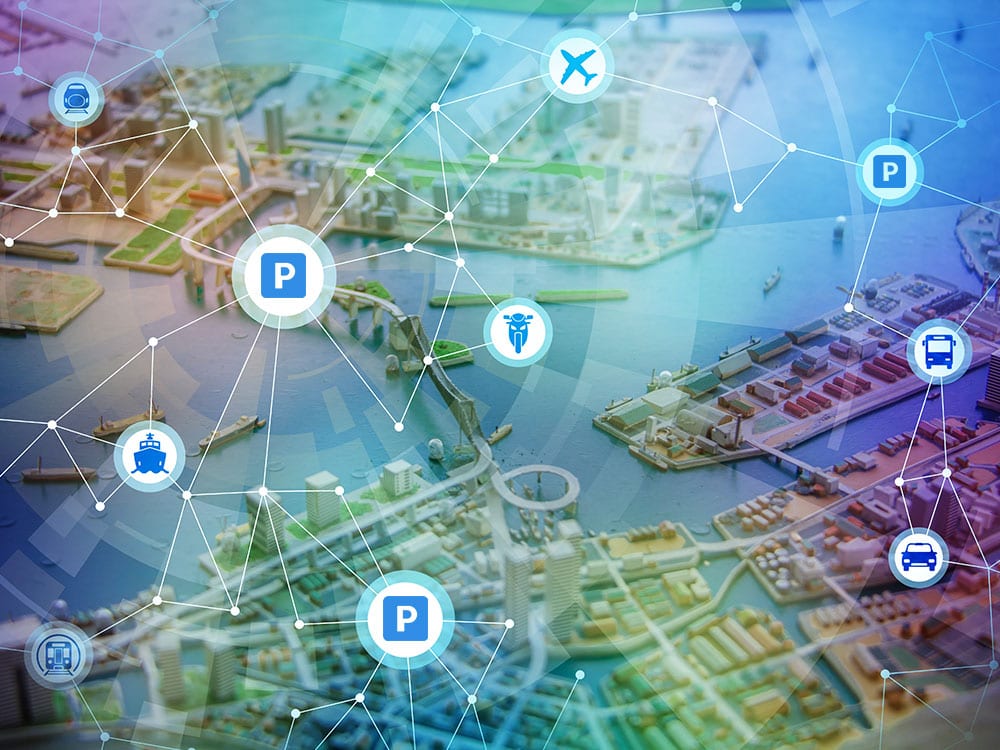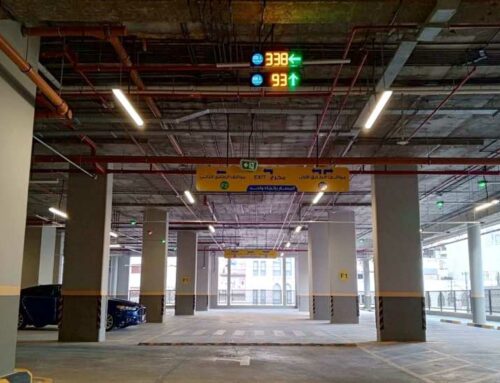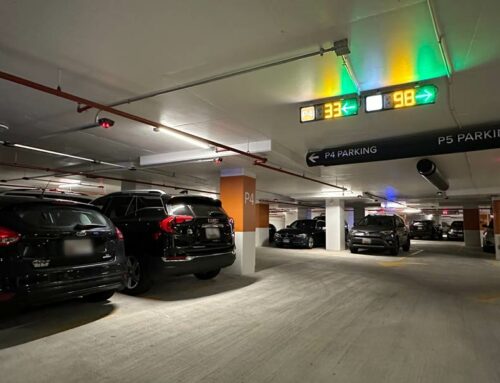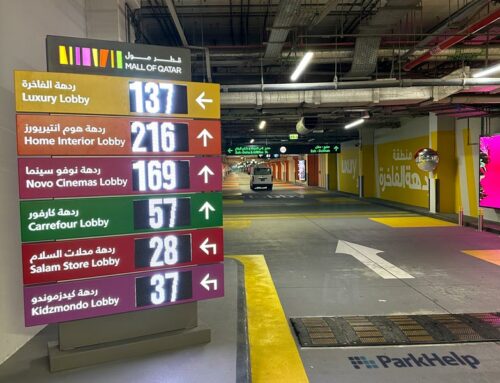It was almost a year ago when the Covid 19 Global Pandemic became a real threat. It was in February that people first started hearing the word Coronavirus on a regular basis. A month later, we started hearing the phrases “Safer at Home,” “Quarantine” and “Hunkering Down.” All of the models showed if we all stayed inside for a couple of weeks, we’d “flatten the curve.” Then spring came, then summer, then fall, now winter. In that year a lot has changes.
For the first time in 200 years, we’ve seen people leave cities like New York in droves – they no longer wanted the convenience of the city, they wanted the safety of separation and space to stretch out. Many traded up from a small one-bedroom apartment to sprawling ranch homes in the suburbs. They worked remotely, adjusted to the new world, and after a year it became a new normal.
It wasn’t that long ago we were talking about saving small towns, now we have to take a good hard look a saving big cities.
Image Problems of Major Cities
All it took was one invisible epidemic to wipe out hundreds of years of city growth. For years, people moved to the city to have access to better jobs and all the hip things in life – great restaurants, theatres, nightlife, trendy shopping, and more.
In one fell swoop, all of those things were wiped out. Like a fighter in the ring, cities were stumbling after this mighty blow.
Now that the vaccine is here, we are all are hoping to get back to normal. But what is normal now? Is it the way things were? No. We would be naïve to believe that people are just going to migrate back to cities. If they did, what would be the benefit? Restaurants? Still closed. Night Clubs? Not with all of those people. Jobs? They’re working remotely. Shopping? The internet has answered that call.
Plus, there’s the obvious question. If cities weren’t prepared for Covid 19, what happens if another pandemic hits? Covid 23 could be just on the horizon.
Getting people back to cities is going to be a tough sell.
Not All is Lost
Here’s the good news – this can be fixed. Many cities are looking into the concept of a Smart City. Basically, a Smart City is urban planning on steroids. Using data from wide array of advanced technology including IOT (Internet of Things) sensors, cameras and other devices, cities become a living, growing area that optimizes flow and movement, lowers CO2 emissions, increases accessibility and more.
And, while it sounds like science fiction, it’s actually already happening. Newcastle, UK is an example. It became the “Smartest City in the United Kingdom” through a partnership with computer giant Cisco. IOT sensors were installed to control and monitor; intelligent lighting, smart parking, waste management, air quality and road maintenance.
This, according to the city, made “life more livable.”
The efficiencies created by enabling a city with smart centers increase safety. They have been shown to improve flow of both traffic and pedestrians, provide better lighting, create efficient parking, reduce crime, decrease trash and pollution, and increase public perception.
That would make cities an easier sell.
ParkHelp is Here
When we bring up the subject of Smart Cities to potential clients, many ask, “What does parking have to do with making a city smart?” The answer is simple. When you create a smart city, you are inviting people to live, work and play in one geographic location – and they are all going to have to park somewhere. In fact, parking often provides the first impression of an area.
For years, ParkHelp has been building digitized parking systems and traffic systems for cities, helping them build a stable foundation for all smart city applications.
Offering cities with the largest selection of IOT sensors, signage and lighting systems on the market, ParkHelp’s innovative parking solutions help increase business, reduce traffic congestion and impress visitors — all while providing a revenue source for parking infrastructure maintenance.
Our new G4 wireless sensor will revolutionize single-space sensing, able detect occupancy in on street and personal parking areas with very little infrastructure or installation. New Bluetooth communication features, outdoor RGB indicator and LED signage solutions, and the most powerful software and mobile app will power the next generation of sensors – providing better information with less set-up, and creating a touch-free driving and parking experience.
Ready to Make Your City Smart?



